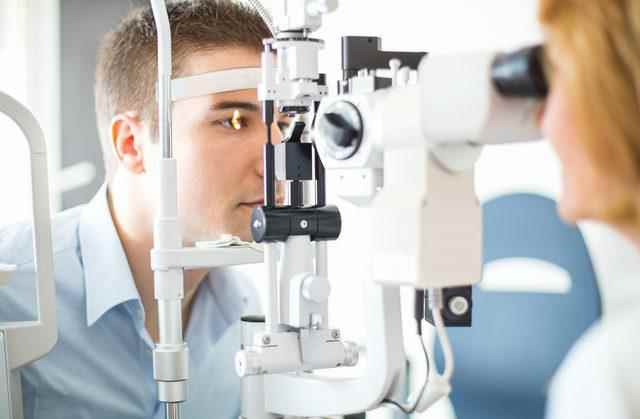Glaucoma is an insidious disease since it can progress until the last stages without affecting the clarity of vision. It is not noticed by the patient unless it suddenly rises to very high values (which in most patients is slowly progressive). It does not cause any pain or symptoms in the eye.
UNKNOWN ON EYE CONTROL
In cases where a normal eye examination is performed, it is not understood during the eyeglass examination. In hospitals where intensive outpatient services are provided, it is very difficult to perform eye pressure and posterior fundus examination for each patient individually. In such cases of intense patient presence, it can be missed very easily. For this reason, even if there is no problem, patients may be asked to perform an eye pressure screening examination. The risk is increased in individuals with a family history of glaucoma. These patients should have more frequent check-ups.

WHO HAS EYE TENSION?
There is no certain age limit for glaucoma. It can be congenital as well as encountered in early childhood. However, it is more common over the age of 40. For this reason, even if every person over the age of 40 does not have a family history of eye pressure, it is beneficial to have a screening examination for eye pressure once a year in the worst case.

Eye pressure can vary within hours, just like arm pressure. Even if the eye pressure measurements are normal in some of our patients, the current blood pressure may be in a condition that can damage the optic nerve. Particular attention should be paid to these conditions called ‘normotensive glaucoma’.
HOW IS EYE TENSION DETECTED?
Various tests are performed to detect glaucoma. The degree of glaucoma can be understood as a result of tests such as visual field, retinal nerve fiber analysis and OCT. Eye pressure is an insidious disease. It can easily be overlooked if it is not particularly looked after. It can cause blindness if diagnosed late. It is the second leading cause of blindness in the world. With the early diagnosis and treatment of glaucoma, which is a preventable cause of blindness, vision can be preserved for long periods of time.
